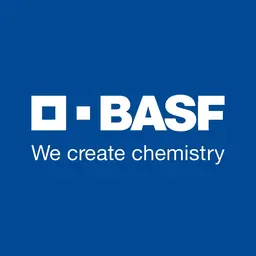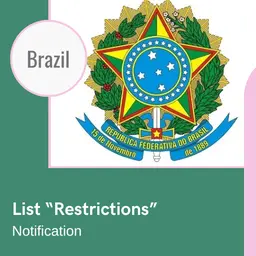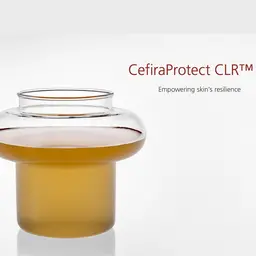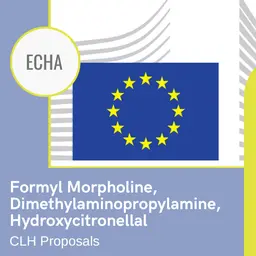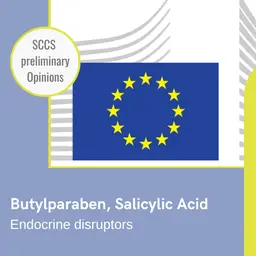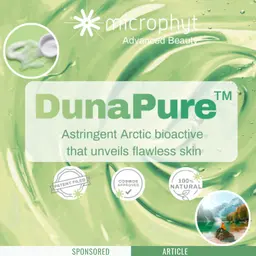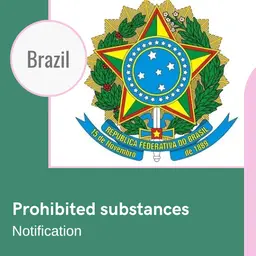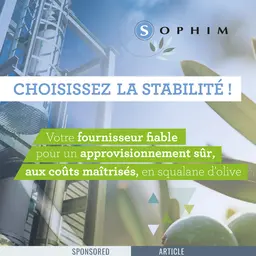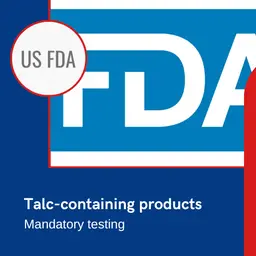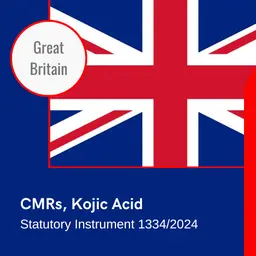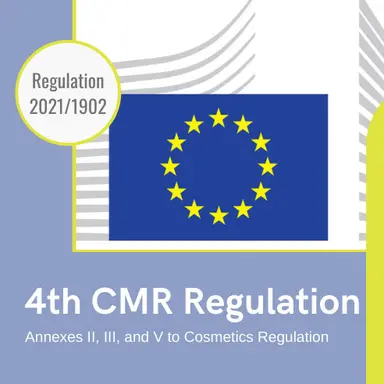
The European Union has just published Regulation 2021/1902, the 4th annual text aiming to ban or regulate substances recently classified as CMR. It confirms the entry of 23 new substances in Annex II (banned substances) to the Cosmetics Regulation 1223/2009. Among them, Zinc Pyrithione (anti-dandruff and preservative) and Butylphenyl Methylpropional (fragrance allergtoof the Regulation, but with a new very restrictive condition of use.
This Regulation deals with substances classified as CMR by Regulation 2020/1182 (15th ATP to CLP), which will apply from 1 March 2022.
Key points of Regulation 2021/1902
• 23 substances are added to Annex II (prohibited substances) to the Cosmetics Regulation.
• Zinc Pyrithione is included in this list, despite a positive opinion from the SCCS, as it has not been established that there are no suitable alternative substances, including with anti-dandruff function.
• As expected, Butylphenyl Methylpropional (fragrance allergen) is also banned.
• On the other hand, Sodium Hydroxymethylglycinate, also added to Annex II, finally remains in Annex V (preservatives) to the Regulation, but with a new condition of use: the theoretical maximum releasable concentration of formaldehyde from any source in the mixture as placed on the market must not exceed 0.1% w/w.
The “Whereas” of Regulation 2021/1902
Regulation (EC) No.1272/2008 of the European Parliament and of the Council provides for a harmonised classification of substances as carcinogenic, mutagenic or toxic for reproduction (CMR) based on a scientific assessment by the Risk Assessment Committee of the European Chemicals Agency. The substances are classified as CMR substances of category 1A, CMR substances of category 1B or CMR substances of category …

